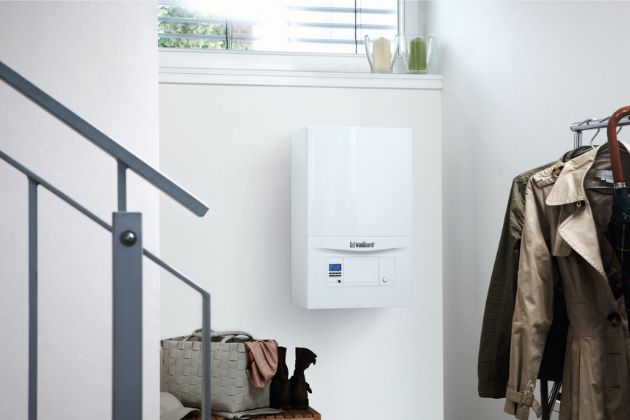Do My Radiators Need Upgrading For A Heat Pump?
Many homes will have the chance of heating their homes using alternative methods, especially after the government announced a heat pump grant to assist those considering the transition to carbon-neutral heating. However, many do not realise that heat pump installation would need other costs, such as upgrading your radiators.
In this blog, we go through whether it is necessary to upgrade your radiators when getting a heat pump installed.

Do I need to upgrade my radiators when getting a heat pump installed?
There are a few things that you need to consider that will help you answer this question and we have listed them for you below!
Radiator Size
When it comes to heat pumps, particularly in older homes, radiator size is a crucial factor to take into consideration. It not only guarantees that your heat pump operates, but it also makes the single largest contribution to how well it operates.
Calculating the size of your boiler rather easy; it is often listed that the output of radiators but assumed they would be set at around 70°C. Heat pumps have a minor drawback in that they can only operate at certain flow temperatures and are more effective at lower temperatures.
Boilers are, in fact, less inefficient at lower temperatures than heat pumps, although not by as much. The ideal operating temperature for heat pump-powered radiators is 50°C, however the lower the temperature, the better.
The process to determine this is quite complicated; first, you must complete a thorough room-by-room heat loss analysis, and then use something called conversion factors to determine the size of the radiator you're looking for. If you are unsure of how to do this, our heating engineers will be happy to help. Simply get in touch by viewing our contact details down below.

Power
As usual, when it's chilly outside, we must determine how much energy we use in each particular room. To accomplish this, you can use a Heat Loss Calculation Sheet. Again, this is not a substitute for calculations but gets us close.
After determining the number of watts or kW needed in a space, you must determine if your radiator can generate that number of watts at a new, lower temperature of 50°C.
There are many types of radiators available and from the top of your radiator, you can see how many panels and convector fins you have. The first number indicates the number of panels you have. If your radiators don't have convector fins, you should probably update them anyhow because of their age, leave alone the decreased output they have.
Extra factors you need to consider
The above is based on the fact that you won't cover your radiators in any manner and that they have enough free circulation, such as without a shelf above them.
It's also important to note that while high-temperature heat pumps are available, we always recommend low temperatures since they have significantly lower operating expenses and provide more comfort.
Speak to a heating engineer
The best way to find out whether you need to upgrade your existing radiators when getting a heat pump installed is by speaking to highly knowledgeable and experienced Gas Safe registered engineers.
Our heating engineers across Pulborough, Billingshurst and Storrington specialise in installing heat pumps. If you would like to get their professional advice, simply get in touch by calling us on 01903 740538 or 07871 725133 and we will be happy to help.
Our heating services have been rated very highly amongst our customers, read through some of their reviews by visiting our reviews page or browse through our previous projects by heading over to our gallery page.
We hope you choose Pipeline Plumbing Services Ltd for any heating services that you may require.




